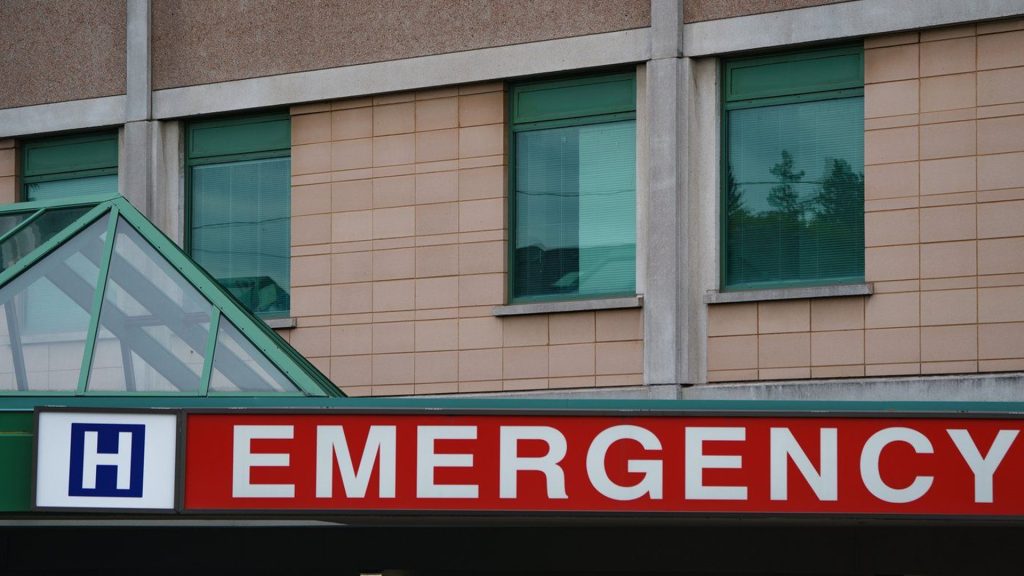At mid-mandate and with extra cash, Liberals to chart fiscal course toward 2019
Posted October 22, 2017 12:59 pm.
Last Updated October 22, 2017 1:40 pm.
This article is more than 5 years old.
OTTAWA – The Trudeau government, right at the midpoint of its mandate, will map out its financial path this week and announce new measures as it enters the two-year stretch toward the next election.
The fall update will also reveal Tuesday what the Liberals plan to do with an unexpected windfall that experts predict could be as high as $10 billion in each of the next couple of years.
The midterm bump is the welcomed product of the strong economic surge in early 2017 that caught forecasters off guard.
Will Finance Minister Bill Morneau seek to use the extra financial breathing room to start grinding down the multibillion-dollar deficits across his outlook?
Or will he pour a large sum of the additional cash into new spending and lingering commitments?
“This is probably the year in which we will get the best possible fix on how committed they are to returning to a path of lower deficits,” said Scotiabank chief economist Jean-Francois Perrault, a former assistant deputy minister under Morneau.
“They’ve got money to spend if they want to spend it. But if they want to send a message of a reasonable degree of fiscal conservatism, it’s also their chance to send that message.”
Without new federal spending, Scotiabank is predicting shortfalls of $17 billion in 2017-18 and $16 billion in 2018-19.
By comparison, Morneau’s budget last March forecasted deficits of $25.5-billion for 2017-18 and $24.4 billion for 2018-19.
But Ottawa could choose to spend some of these extra funds. The next question is: where would it go?
A senior government official, speaking on condition of anonymity ahead of the announcement, said Tuesday’s update will include some new measures — but insisted the document won’t be as thick as last year’s edition.
The official described it as more of a fiscal and economic update, rather than a mini-budget containing big announcements.
Last year’s update included major new plans like the government’s $35-billion infrastructure bank, which is designed to use public money as a way to lure private capital for new, large-scale projects such as transit systems. It also contained other significant changes to attract a greater number of talented immigrants to Canada and to create a hub mandated to lure more foreign investment.
This year, expect the Liberals to share more specifics on how they intend to deliver on big commitments, including those for Indigenous peoples and infrastructure investments, said Sahir Khan, the executive vice president of a University of Ottawa think tank.
Politically speaking, Khan believes the key for the Liberals at this stage of their mandate is for them to start convincing taxpayers that their money is being well spent.
“I do think that as you head into an election, the public starts to think about results and performance, particularly when things are being funded in a deficit context” said Khan, whose Institute of Fiscal Studies and Democracy is led by former parliamentary budget officer Kevin Page.
“I think there’s a general sense that the government’s now going to have to pivot to the quality of execution that matches the narrative between now and the election.”
Khan’s think tank is projecting the Liberals’ 2017-18 budget deficit to be more than $10 billion smaller than the government predicted in March.
But beyond next year, the think tank predicts the feds will struggle to improve the budgetary balance over the next half-decade. It says the outlook will face fiscal pressures from new tax and spending measures as well as a higher-than-expected path for interest rates.
This year, Canadians can expect the Liberals to pat themselves on the back as they argue their work to date has been a driver of the country’s economic success.
For months, the Liberals have seized on positive economic figures as evidence of progress in their plan to grow the economy through measures such as a tax cut for middle-income earners and enhanced child benefits.
The Finance Department also reported last month that Ottawa ran a deficit of $17.8 billion in 2016-17, smaller than the $23-billion shortfall forecast in the spring budget.
Daniel Lauzon, a Morneau spokesman, said the government will make sure that the “middle class sees the benefits” of the improved economy.
Morneau himself may be hoping the positive economic news in the update will change the channel from controversies.
Last week, in hopes of muting conflict-of-interest allegations, the former Bay Street executive promised to sell off at least $21 million worth of stock in his family’s company and place his other assets in a blind trust.
Morneau has also been promoting the Liberals’ efforts to address concerns and complaints about a package of proposed small-business tax reforms.
Lauzon said the tax proposals will not be fully costed in Tuesday’s update because more work is needed to finalize the measures, particularly one that calls for new limits on the use of passive investment income by wealthy incorporated individuals. The passive investment change, once implemented, is expected to bring in a significant amount of revenue for Ottawa.
Morneau has already signalled that, despite the recent economic strength, he’s unlikely to lay out a timetable for balancing the books.
He has credited Ottawa’s deficit-spending approach for the economic improvements and has said he will continue with the plan in a “fiscally responsible way,” which is likely a continued focus on lowering the federal debt-to-GDP ratio.
The Liberals won the 2015 election on a platform that pledged to invest billions in infrastructure and child benefits as a way to re-energize the economy. They had promised annual shortfalls would not surpass $10 billion during the first couple years of their mandate and to return to balance by 2019-20.
However, a few months after taking office the government abandoned those vows, citing a weaker-than-expected economy.
As the Liberals strategize for the next election, they will also have to consider a major economic threat: the renegotiation and potential collapse of the North American Free Trade Agreement.
They will also have to account for the possibility the growth spurt won’t last long. The strong performance to start 2017 is widely expected to taper off in the second half of the year.
Follow @AndyBlatchford on Twitter










